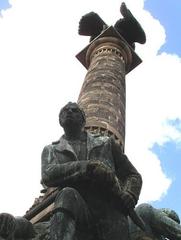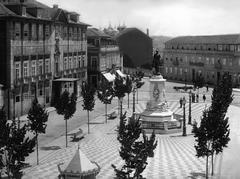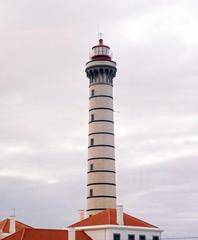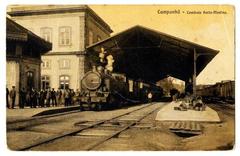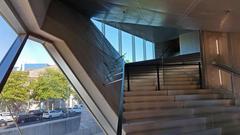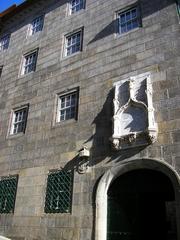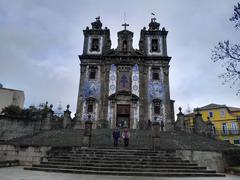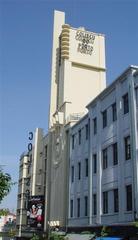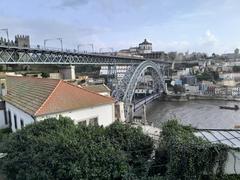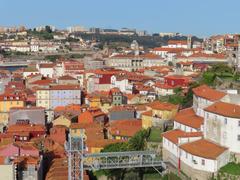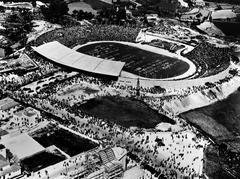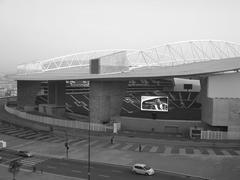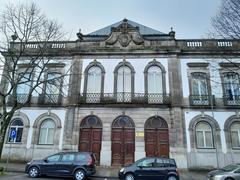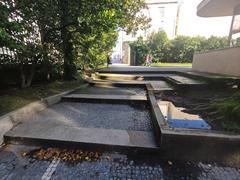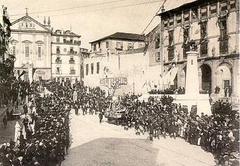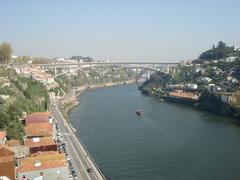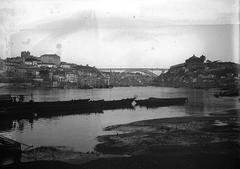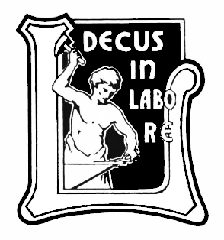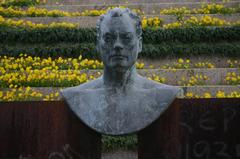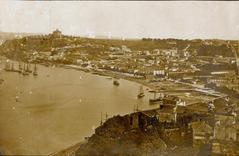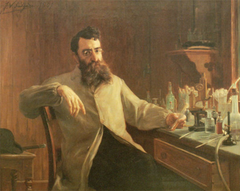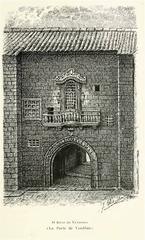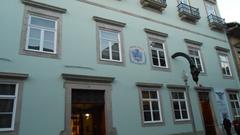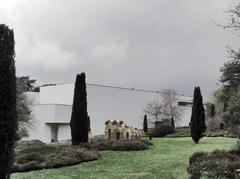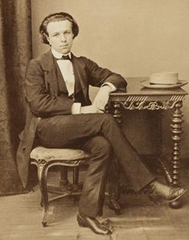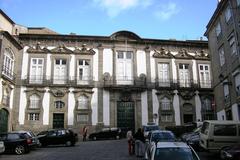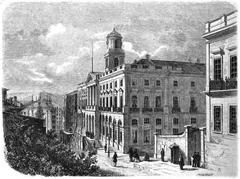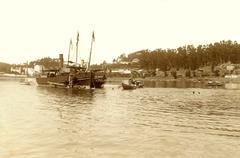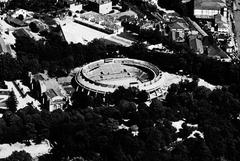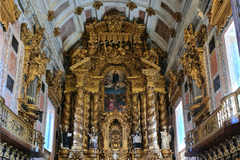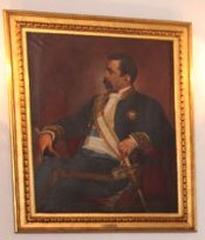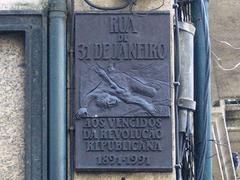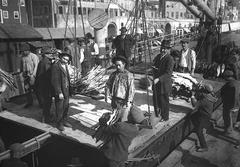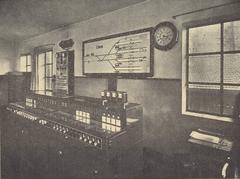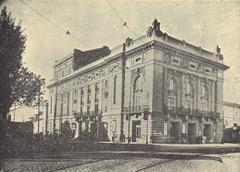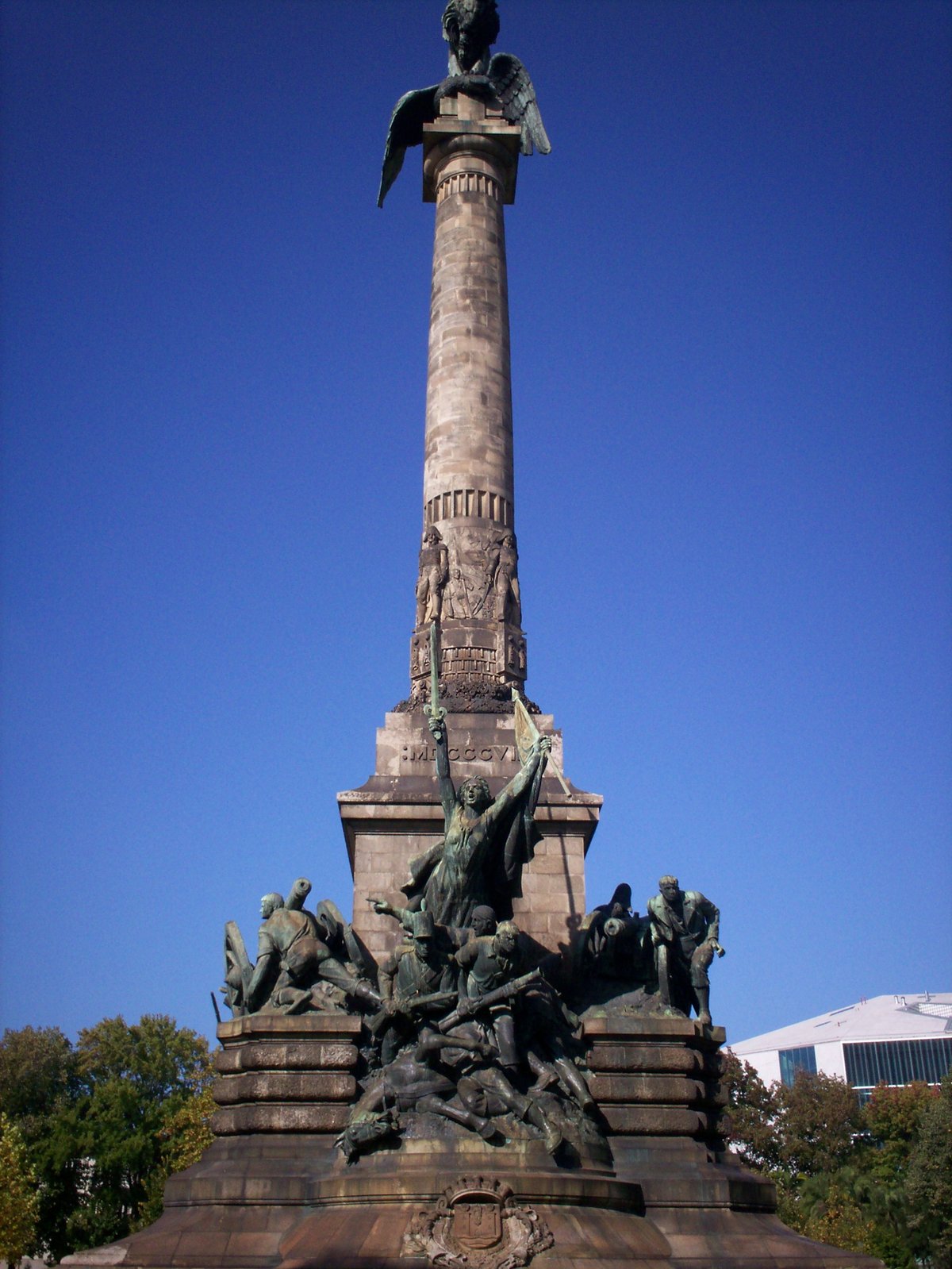
Linha Boavista - Cadouços - Matosinhos, Porto, Portugal Visiting Guide
Date: 31/07/2024
Introduction
The Linha Boavista - Cadouços - Matosinhos tram line in Porto, Portugal, is not just an ordinary transportation route; it is a journey through time that encapsulates the rich history, cultural heritage, and stunning vistas of this vibrant coastal city. Established in the late 19th century, this tram line has been a vital artery for Porto, connecting its bustling city center with the serene coastal town of Matosinhos. This comprehensive guide aims to provide an in-depth exploration of the Linha Boavista - Cadouços - Matosinhos, covering its historical background, key attractions, and practical tips for visitors.
The tram system in Porto began in 1872 with the inauguration of the first mule tram line by the Companhia Carril Americano do Porto à Foz e Mattosinhos (CCAPFM), linking Rua dos Inglezes (nowadays Infante) with Foz (Castelo) and Matosinhos. This marked the beginning of a network that would grow rapidly and profoundly impact the city’s transportation landscape (Ernst Kers). Over the years, the tram system evolved, embracing electric traction by 1895 and becoming fully electrified by 1914. Despite facing a decline in the mid-20th century with the advent of bus transport, the Linha Boavista - Cadouços - Matosinhos remains an iconic symbol of Porto’s historical and cultural evolution (Wikipedia).
Today, this tram line continues to attract tourists and locals alike, offering a unique way to explore Porto’s landmarks, from the historic Mercado Municipal de Matosinhos to the modern She Changes sculpture. Whether you are a history enthusiast, a culture lover, or simply looking to enjoy the scenic beauty of Porto, this guide will help you make the most of your visit to the Linha Boavista - Cadouços - Matosinhos.
Table of Contents
- Introduction
- Historical Background
- Key Attractions Along the Linha Boavista - Cadouços - Matosinhos
- Visiting Information
- Modern-Day Significance
- Visitor Tips
- Frequently Asked Questions
- Conclusion
Historical Background
Early Development of Porto’s Tram System
The history of Porto’s tram system, including the Linha Boavista - Cadouços - Matosinhos, dates back to the late 19th century. The first mule tram line in Porto was inaugurated in 1872 by the Companhia Carril Americano do Porto à Foz e Mattosinhos (CCAPFM), connecting Rua dos Inglezes (nowadays Infante) with Foz (Castelo) and Matosinhos. This initial line marked the beginning of a comprehensive tram network that would significantly influence the city’s transportation landscape.
In 1873, a second company, the Companhia Carris de Ferro do Porto (CCFP), was established and opened a line from Praça Carlos Alberto via Boavista to Foz (Cadouços) in 1874. Over the next two decades, the tram network expanded rapidly, with numerous lines being added to connect various parts of the city.
Electrification and Expansion
The merger of CCAPFM and CCFP on January 13, 1893, under the name Companhia Carris de Ferro do Porto, marked a significant milestone in the tram system’s history. The introduction of electric traction in 1895 revolutionized the network, making it more efficient and reliable. By 1904, the last mule-drawn car was retired, and by 1914, the entire system was fully electrified, eliminating the need for urban steam engines.
Municipalization and Decline
In 1946, the city of Porto purchased the tram system from CCFP and took over its operation through a new municipal company, Serviço de Transportes Colectivos do Porto (STCP). By 1949, the tram network had reached its maximum length of 81 kilometers, with a track length of 150 kilometers.
However, the 1960s and 1970s saw a gradual decline in the tram system as the city began to favor cheaper bus transport. The network shrank from 81 kilometers with 192 cars in 1958 to just 14 kilometers with 16 cars by 1996. The last remaining line (18) became the foundation of the current heritage tram system.
Key Attractions Along the Linha Boavista - Cadouços - Matosinhos
Mercado Municipal de Matosinhos
Built between 1936 and 1946, this impressive domed building has been home to the Matosinhos municipal market since its inception. The market underwent renovation in 2013 and is listed as a building of public interest. It is easily accessible via the metro station ‘Mercado.‘
Farol da Boa Nova Lighthouse
Located in Leça da Palmeira, this lighthouse stands at 45 meters and is Portugal’s second tallest. It was the first electrified lighthouse in the North and began operation in 1927. The lighthouse underwent renovation in 2003 and now contains a small museum. Visitors can climb the 213 steps to the top for incredible views.
Leça do Balio Monastery
This beautiful 10th-century monastery is one of Porto’s oldest districts and a significant historical site. It reflects the rich cultural heritage of the region.
She Changes (Anémona ‘The Sea Anemone’)
This iconic sculpture by artist Janet Echelman is a symbol of Matosinhos and represents the city’s connection to the sea.
Visiting Information
Tickets and Visiting Hours
- Tickets: Tickets for the heritage tram can be purchased at the tram stops or through the STCP website. Prices vary depending on the type of ticket and duration.
- Visiting Hours: The tram operates daily, with frequent services. It is advisable to check the STCP website for the latest schedule.
Travel Tips
- Accessibility: The trams are generally accessible, but visitors with mobility issues should check specific tram models for accessibility features.
- Nearby Attractions: In addition to the key attractions listed, visitors can explore nearby sites such as the Porto City Park and the beaches of Matosinhos.
- Guided Tours: Consider joining a guided tour to get more insights into the historical significance of the tram line.
Modern-Day Significance
Today, the Linha Boavista - Cadouços - Matosinhos serves as a reminder of Porto’s rich transportation history. The heritage tram system, which includes the last remaining line (18), offers tourists a nostalgic journey through the city’s past. The tram line not only provides a unique way to explore Porto but also highlights the city’s commitment to preserving its historical legacy.
The tram system’s historical significance is further underscored by its role in the development of Matosinhos. The city’s growth and prosperity have been closely linked to the tram line, which facilitated trade and commerce. Today, Matosinhos continues to thrive as a vibrant city with a rich cultural heritage and numerous attractions for visitors.
Visitor Tips
Transportation
The Metro Blue Line A is the most convenient way to travel between Porto and Matosinhos. The round trip costs approximately €4.00 per person (One Road at a Time). Alternatively, visitors can take the Hop On/Off bus or local bus #500.
Landmarks
Make sure to visit the São João Baptista da Foz Fortress and the Jardim do Passeio Alegre. Both landmarks offer stunning views and are rich in historical significance (Then We Walked).
Walking Route
For those who enjoy walking, the route from Matosinhos to Porto is approximately 7.3 km (4.5 miles) and can be completed in under two hours. However, taking your time to explore the various sights along the way is highly recommended (One Road at a Time).
Food and Drink
Porto is renowned for its cuisine, and visitors should not miss the opportunity to try local delicacies such as the Francesinha sandwich and Pastel de Nata. There are numerous cafes and restaurants along the route where you can enjoy these treats (Packing Up the Pieces).
Birdwatching
The Observatório Das Aves near the estuary is a must-visit for birdwatching enthusiasts. The observatory provides information on the local flora and fauna and offers a peaceful spot to observe various bird species (Then We Walked).
Frequently Asked Questions
What are the visiting hours for Linha Boavista - Cadouços - Matosinhos?
The tram operates daily with frequent services. Check the STCP website for the latest schedule.
How much do tickets cost for the Porto tram system?
Ticket prices vary depending on the type of ticket and duration. Tickets can be purchased at tram stops or through the STCP website.
Are there guided tours available for the Linha Boavista - Cadouços - Matosinhos route?
Yes, there are several guided tours available that cover the historical and cultural aspects of the route. These tours provide in-depth information and a more immersive experience.
Conclusion
The Linha Boavista - Cadouços - Matosinhos tram line stands as a testament to Porto’s rich historical and cultural heritage. From its inception in the late 19th century to its modern-day significance, the tram line has played a pivotal role in connecting the city’s urban heart with its coastal jewels. Today, it offers a nostalgic journey through Porto’s past, allowing visitors to explore key attractions such as the Mercado Municipal de Matosinhos, the Farol da Boa Nova Lighthouse, and the She Changes sculpture.
Despite the challenges faced during the mid-20th century, the tram line has endured and evolved, reflecting Porto’s commitment to preserving its historical legacy. The modern-day heritage tram system not only provides an efficient means of transportation but also serves as a cultural link between the city’s residents and its rich past. Whether you are traversing the scenic coastal routes, delving into the historical significance of the tram system, or simply enjoying the local culinary delights, the Linha Boavista - Cadouços - Matosinhos promises an enriching and memorable experience.
As you plan your visit, be sure to take advantage of the practical tips provided in this guide, from transportation options and ticket information to recommended dining spots and nearby attractions. By doing so, you will be well-equipped to fully immerse yourself in the charm and history of Porto’s iconic tram line. For more travel tips and updates, be sure to follow our blog and social media channels.
References
- Wikipedia. (n.d.). Trams in Porto. Retrieved from Wikipedia
- Ernst Kers. (n.d.). The Porto Mule Horse Trams. Retrieved from Ernst Kers
- One Road at a Time. (n.d.). How to Walk from Matosinhos to Porto. Retrieved from One Road at a Time
- Then We Walked. (n.d.). Porto to Matosinhos Camino Portuguese. Retrieved from Then We Walked
- Stingy Nomads. (n.d.). Three Routes Porto Portuguese Camino. Retrieved from Stingy Nomads
- Portugal Visitor. (n.d.). Matosinhos Guide. Retrieved from Portugal Visitor
- Julie Dawn Fox. (n.d.). Things to Do in Matosinhos. Retrieved from Julie Dawn Fox
- Portoalities. (n.d.). Best Things to Do in Matosinhos. Retrieved from Portoalities
- The Crazy Tourist. (n.d.). 15 Best Things to Do in Matosinhos, Portugal. Retrieved from The Crazy Tourist
- Packing Up the Pieces. (n.d.). Porto Pilgrim Guide Camino Portugues. Retrieved from Packing Up the Pieces


